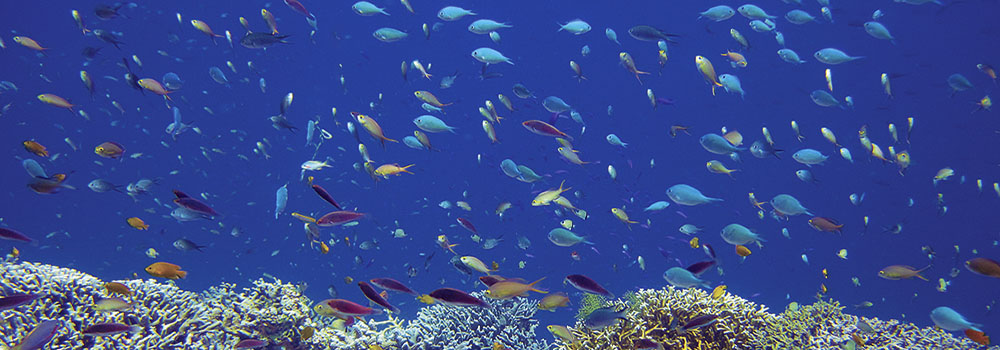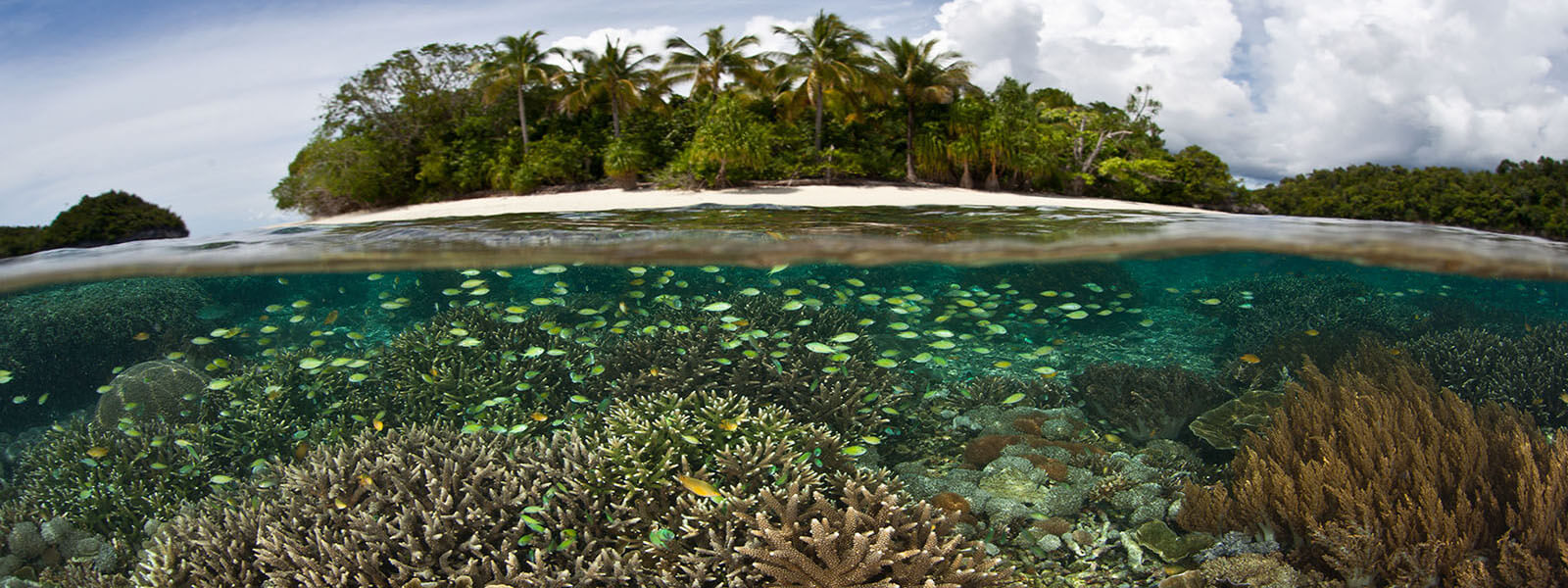Melanesia snorkeling tour: Fiji and the Solomon Islands
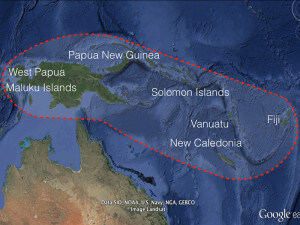 Melanesia is a sub-region in the tropical South Pacific Ocean comprised of the Maluku Islands, West Papua, Papua New Guinea, the Solomon Islands, Vanuatu, New Caledonia, and Fiji. The invention of the word Melanesia is credited to French explorer, Jules Dumont d’Urville after he recognized these island groups had cultural, ethnic, and geographic distinctions from the Polynesian cultures he had visited. Modern genetic and linguistic studies confirmed his observations (also proving that they are distinct from Micronesians as well) and current theories suggest that the origins of Melanesians can be found in the migrations of Austronesian people across Oceania from Southeast Asia (ca. 3500 Before Present).
Melanesia is a sub-region in the tropical South Pacific Ocean comprised of the Maluku Islands, West Papua, Papua New Guinea, the Solomon Islands, Vanuatu, New Caledonia, and Fiji. The invention of the word Melanesia is credited to French explorer, Jules Dumont d’Urville after he recognized these island groups had cultural, ethnic, and geographic distinctions from the Polynesian cultures he had visited. Modern genetic and linguistic studies confirmed his observations (also proving that they are distinct from Micronesians as well) and current theories suggest that the origins of Melanesians can be found in the migrations of Austronesian people across Oceania from Southeast Asia (ca. 3500 Before Present).x
The reefs around the region are healthy and diverse, with the Solomon Islands representing the eastern-most portion of the famed coral triangle. Our snorkeling tour takes us to two amazing destinations in Melanesia: Fiji and the Solomon Islands. While both destinations offer us the chance to experience widely different cultures, it is the diversity of marine habitats and reef life that make this combination perfectly complimentary.
x
We will begin our tour with four days of snorkeling in Fiji at Navini Island Resort. Navini is a private island owned by the resort and is surrounded by fantastic South Pacific reefs. Fiji is known to possess some of the most abundant soft coral gardens on the planet and each day we will have the opportunity to snorkel in the warm South Pacific seas to see these colorful corals and the thousands of tropical fish that make these reefs their home. We also have easy access to some of the atolls and barrier reefs that are found on the west side of the archipelago.
x
After an afternoon flight from Fiji to Honiara, the capital city of the Solomon Islands, we board our liveaboard boat, the M/V Bilikiki, and spend ten days exploring the rich, world-class reefs around Mary Island and the Russell and Florida island groups. Whereas Fiji was about the soft corals, the Solomons have some of the best hard coral gardens in the world! In addition, the seaward reefs around Mary Island and the Floridas offer us a chance to see schools of large fishes such as barracudas, jacks, and bumphead parrotfish. Exploring the Solomon Islands is like a journey back in time; dense, pristine forests from the land and reefs from the sea grow to within a few meters of each other along the shoreline. We agree that the Solomon Islands might be one of the best destinations in our portfolio of snorkeling adventures!
ITINERARY
 Our 16-day tour begins and ends in Nadi, Fiji. The snorkeling trip includes (5) days in Fiji (Navini Island Resort) and eleven (11) days in the Solomon Islands (M/V Bilikiki). One internal roundtrip flight, Nadi, Fiji – Honiara, Solomon Islands. Please note we do not include the internal flight for this departure! We will provide updates about the carrier, route and dates, as soon as they are available. Our snorkeling journey in the Solomon Islands takes us to the Russell and Florida Island groups, and Mary Island. Please note that weather plays a significant role in determining the overall itinerary, and that the sample below may change as a result of weather considerations.
Our 16-day tour begins and ends in Nadi, Fiji. The snorkeling trip includes (5) days in Fiji (Navini Island Resort) and eleven (11) days in the Solomon Islands (M/V Bilikiki). One internal roundtrip flight, Nadi, Fiji – Honiara, Solomon Islands. Please note we do not include the internal flight for this departure! We will provide updates about the carrier, route and dates, as soon as they are available. Our snorkeling journey in the Solomon Islands takes us to the Russell and Florida Island groups, and Mary Island. Please note that weather plays a significant role in determining the overall itinerary, and that the sample below may change as a result of weather considerations.
Day 1: Nadi, Fiji / Navini Island Resort
Meals provided: D
Guests arrive in Nadi and meet for our transfer to Navini Island Resort. Welcome dinner at the resort at 7:00 pm. Overnight: Navini Island Resort
Day 2 – 4: Navini Island Marine Sanctuary / Mamanuca Islands
Meals provided: B,L,D
Navini Island is surrounded by a shallow reef that drops-off into the warm water of the Koro Sea. Hard corals dominate the shallow reef flat with soft corals crowding on the steep walls. Sharks, groupers, barracudas, and jacks patrol along the wall and amongst thousands of reef fish. We will also snorkel in current-swept channels into lagoons, and along fringing reefs of the Mamanucas. Overnight: Navini Island Resort.
Day 5: Travel day / Honiara, Solomon Islands
Meals provided: B, L
After lunch we transfer back to Nadi for international connections to the Solomon Islands. With an afternoon arrival, we will board the boat and cruise overnight to the Russell Islands. Overnight: M/V Bilikiki
Day 6: Russell Islands
Meals provided: B,L,D
The Russell Islands consist of two main islands with dozens of smaller satellite islands. The reef types vary from sheltered, shallow coral gardens to exposed fringing reefs. All of the reef types have several things in common: an amazing diversity and abundance of coral and reef fish. Some of the patches of coral are a mesmerizing cobalt blue while others are electric yellow. It will be obvious why we will return after a brief excursion…Overnight M/V Bilikiki
Day 7: Mary Island
Meals provided: B,L,D
Mary Island is a prehistoric-looking, extinct volcano located in open ocean between the Russell Islands and New Georgia Islands (Morovo Lagoon). The island is surrounded by a reef extends a few meters from shore and plunges quickly into the depths forming vertical walls that are completely covered with marine life. In the blue, look for large schools of bumphead parrotfish, barracudas, and jacks. Around the east side of Mary, the collapsed caldera creates a protected bay where fields of enormous boulder corals create a maze-like reef system. Some of these corals are well over 500 years old. Overnight M/V Bilikiki
Day 8 – 10: Russell Islands / Bonegi Beach
Meals provided: B,L,D
We are back to the Russells to spend the next three days snorkeling reefs in a variety of unique settings. Leru Cut is located on a small limestone island. The cut is a fissure, forming a canyon-like feature in the island is about 2 meters (6 ft) wide, meanders into the island for about 40 meters (130 ft), and is about 15 meters (45 ft) deep. The jungle above filters sunlight that creates a surreal snorkeling environment. Some of the highlights are the abundance of lace corals at the entrance and cave-dwelling fish such as sweepers and cardinalfishes.
Another snorkel site is White Beach, a code name used by the US military during the war. This site is a mix of sand, rubble, and seagrass and offers us the chance to see critters common to these habitats. Archerfish and cardinalfish in the mangroves and crab-eye gobies in the sand and rubble are some of the more interesting fish we will see here. This is a great spot for invertebrates and unusual fish like pipefishes and scorpionfishes. We will also have the chance to visit a local village to learn about Solomon Island life and may be treated to their mesmerizing cultural dance presentations! Our snorkeling sites are immediately in front of the village, where some of the healthiest communities of soft and hard coral, sea grass, and sand/rubble can be found. If weather permits, we will snorkel the WWII-era Japanese wrecks near Bonegi Beach. Overnight M/V Bilikiki
Day 11 – 15: Florida Islands
Meals provided: B,L,D
The Florida Islands are separated from Guadalcanal by Savo Sound, or Ironbottom Sound as it was called during the war because of the dozens of ships and planes that sank there during the Battle of Guadalcanal. The islands are stunning and the reefs, simply spectacular. We will spend at least one day around Maravaghi Bay where no less than six distinct marine habitats converge into one area. Mangroves, sand flats, coral reef flats, seaward reefs, fast moving channels, and a ship wreck. Sharks, rays, including the chance for manta rays, schools of reef fish like anthias and damsels, cryptic critters like scorpionfishes, amazing coral coverage including all of the usual reef fish associates, and six different species of anemonefishes are here! Maybe a full day isn’t long enough? Some of the other areas we will also visit are postcard-worthy Tanavula, Petrol Point, and Simon’s Nature Reserve. Overnight MV Bilikiki
Day 16: International flights
Meals provided: B
Fly back to Fiji for international flight connections and extensions.
DEPARTURES
2026 ←Click to request a booking
Accommodations: Navini Island Resort and M/V Bilikiki
Guides: Ethan Daniels, Lee Goldman
Length: 16 days
Prices and Payment schedule:
$TBD USD per person, double occupancy
$TBD USD per person, single occupancy
Reservation deposit: $1000 USD
June 1, 2025: $ USD
September 1, 2025: $ USD
Tour cost includes:
- Accommodations on day 1 through day 16
- All meals on days 2 through 15 (dinner on day 1 – breakfast on day 16)
- Non-alcoholic beverages
- All snorkeling and park fees
- All gratuities
Tour cost does not include:
- Round-trip international airfare
- Round trip, internal flight Nadi, Fiji – Honiara, Solomon Islands, December 6 and 16, 2025.
- Additional hotel accommodations and meals as a result of travel outside of the program dates
- Visa requirements including payments
- Alcoholic beverages
- International departure taxes
- Extra / overweight baggage fees
- Trip insurance (recommended; (we recommend Travel Guard, World Nomads, or Travel Insure)
- DAN insurance (required unless personal insurance program has worldwide emergency evacuation services)
- Additional accommodations while on tour in the event of flight schedule changes or events of force majeure
- Fuel surcharges (if applicable)
Cancellation policy:
180 – 91 days prior to departure: 50% of trip cost
90 days or less prior to departure: 100% of tour cost
Please see our Terms and Conditions
ACCOMMODATIONS
We use the finest live-aboard boat in the Solomon Islands to host us on our snorkeling adventures in the Solomons, the M/V Bilikiki. Please visit our accommodations page for more photos or use the link to visit the resort/live-aboard website.
BILIKIKI
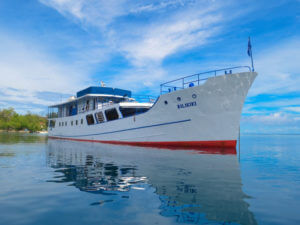 The M/V Bilikiki sailed as the first full service luxury live aboard dive vessel in the Solomon Islands and remains the premier live aboard in the area for over 25 years. She was one of the first liveaboards in the world to offer private showers and toilets in every cabin (something we can all appreciate). M/V Bilikiki has ten deluxe cabins, all with a double bed below and single above. Meals are buffet style with open air dining on the spacious, well-covered deck. She carries the full complement of safety equipment. Her large size (125 ft /38 m long x 24 ft / 7.3 m wide) and a hull that was built for South Pacific seas are two main reasons why guests from around the world still say that the Bilikiki is one of the most spacious and comfortable vessels that they have traveled on. More photos
The M/V Bilikiki sailed as the first full service luxury live aboard dive vessel in the Solomon Islands and remains the premier live aboard in the area for over 25 years. She was one of the first liveaboards in the world to offer private showers and toilets in every cabin (something we can all appreciate). M/V Bilikiki has ten deluxe cabins, all with a double bed below and single above. Meals are buffet style with open air dining on the spacious, well-covered deck. She carries the full complement of safety equipment. Her large size (125 ft /38 m long x 24 ft / 7.3 m wide) and a hull that was built for South Pacific seas are two main reasons why guests from around the world still say that the Bilikiki is one of the most spacious and comfortable vessels that they have traveled on. More photos
Resort in Fiji TBD
WHAT TO EXPECT
The Solomon Islands define the border between the South Pacific Ocean and the Solomon Sea. The islands enjoy year round tropical weather with temperatures that average 86º F (30º C). Water temperatures in the area average around 84º F (29º C), though cooler temperatures may be experienced. We recommend at least a full lycra skin to protect against the sun and possible little no-see-um stingies that may float by.
Fiji experiences a warm, tropical climate throughout the year with average daily temperatures hovering around 26º C (80º F). As you would expect, rain is nearly a daily occurrence though it may only be light or happen in the evening/early morning hours. Water temperatures average around 28º C (82º F), though influxes of cooler surface waters can be experienced at any time, resulting in a drop in water temperatures by a couple of degrees. We recommend full 3mm wetsuits and having a hood is also important not only for thermal protection, but as a barrier against the sun. At a minimum, please have a full dive skin (such as lycra or more advanced materials like Lavacore). to help with protection against the sun as well as the random no-see-um stingies that are part of the plankton community.
Our village visit will usually take place in the morning when temperatures are a bit cooler, and will not involve any significant walking or hiking around the island. Though they are usually a dry landing, having any type of foot protection that can get wet is recommended.
Please read more about our daily schedule.
WHAT TO BRING
The following list is a suggestion of things to bring and applies to almost all our trips. Specific items on a particular departure will be noted on the departure information.
-A good fitting mask, snorkel, and set of fins. If your equipment is brand new, please try it out in the pool. Determining the fit and function of your equipment in the pool includes doing several laps with all your equipment on. Doing several snorkel dives is also very beneficial. It is also important to clean your new equipment, especially your mask. Cleaning procedures for your mask include light scrubbing with toothpaste or dishwasher soap to remove the layer of silicon used to preserve the mask during shipping. Clean both sides of the mask. Doing this greatly reduces the chances of having your mask fog. Not doing this, even when using mask de-fogger, usually results in a fogged mask.
-A wetsuit, rash guard, diveskin, or any type of clothing that can be used for thermal and/or protection from the sun. We suggest bringing a full 3mm wetsuit and some type of core insulation like a vest or shirt made of 1 – 2 mm neoprene (e.g., Lavacore or Sharkskin shirts or vests). These items will not only provide thermal protection but protection from the sun as well. For those who feel that a 3mm suit may be too warm, please consider a full body skin or rash guard to ensure protection from the sun. With regards to thermal protection, remember the saying: It is better to have and not need, than to need and not have. One that note…
-Head protection in the form of a wetsuit hood, a cap, or even a bandana. Anything that can keep the sun off your head is extremely important. It is the most exposed part of our bodies when we are floating on the surface.
-Underwater flashlight on departures with a planned night snorkel
-Biodegradable sunscreen lotion. Sunscreen lotions can be harmful and even kill tiny larvae (baby marine life). It is fine to wear on land, but we highly discourage the use of sunscreen lotions in the water. A full wetsuit or dive skin will protect one from the sun much better than lotions and provide thermal protection. It is truly a win-win for everyone and the marine environment.
-Casual, lightweight, tropical clothing
-Sunglasses (and a spare in case you lose your main pair)
-Comfortable footwear such as active sandals (Teva, Keen, Merrell, etc.)
-Hats. We cannot stress the importance of a hat in the tropics!
-All our boats provide items like shampoo, soap, towels, etc. We bring this up because these items represent added weight or may leak.
Other items to consider:
-Lightweight rainwear to protect from the occasional afternoon shower
-Binoculars
TRIP REPORTS
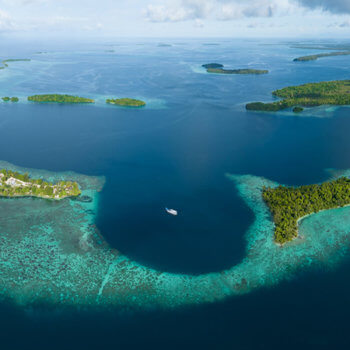
Solomon Islands Dec 2022 Trip Report
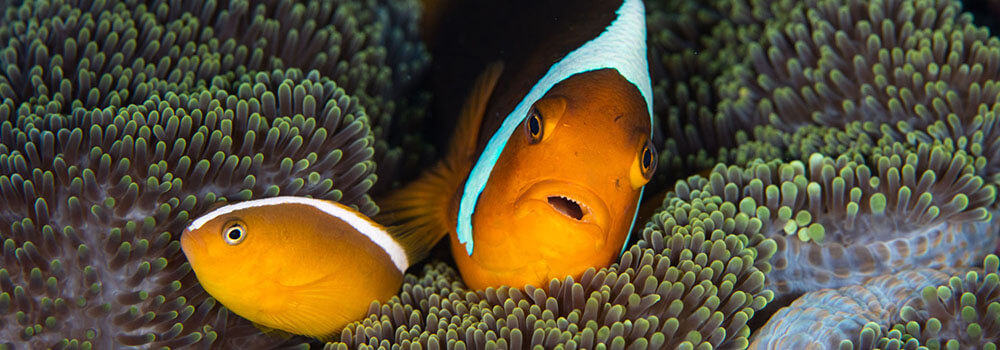
Anemonefish hybrids in the Solomon Islands
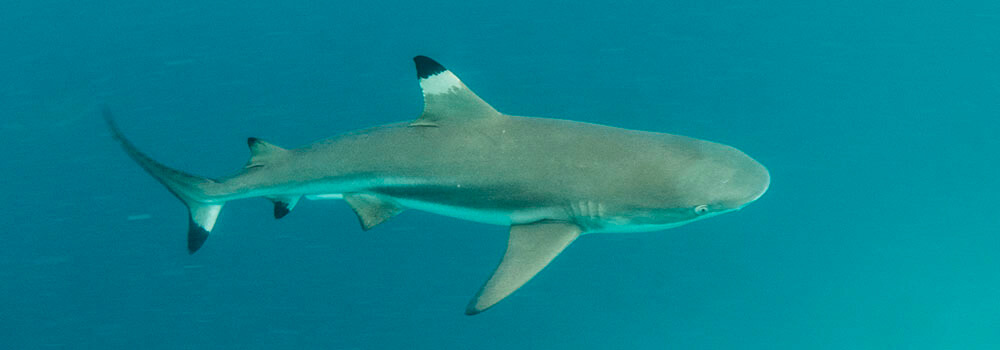
Solomon Islands 2016 trip report
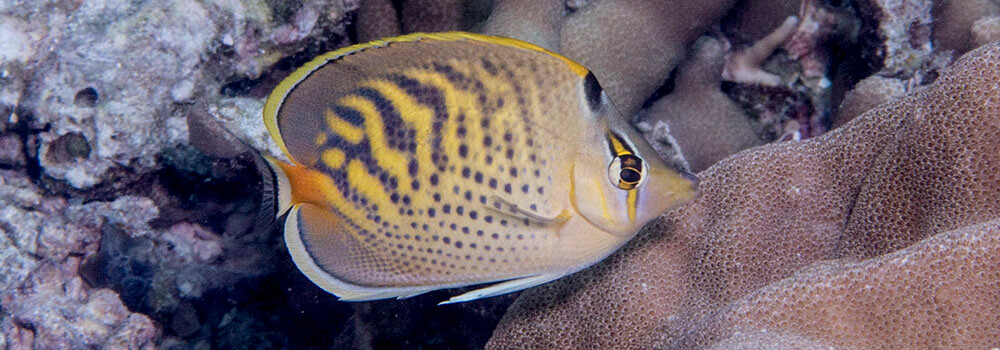
Hybrids in the Solomon Islands
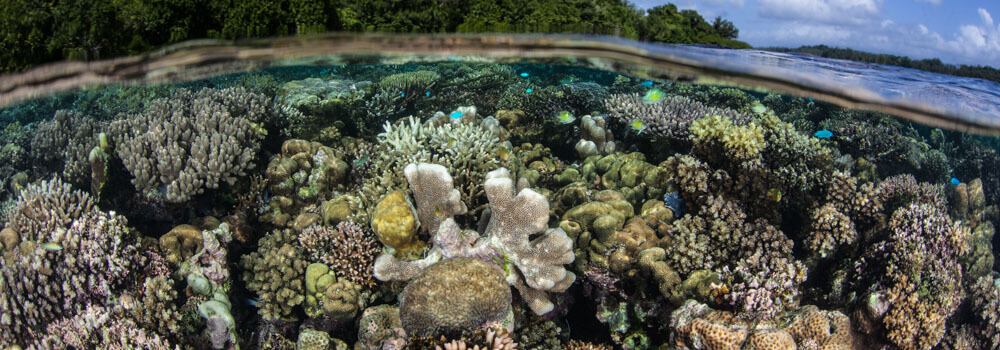
Solomon Islands snorkeling

Solomon Islands snorkeling adventure, July 2015
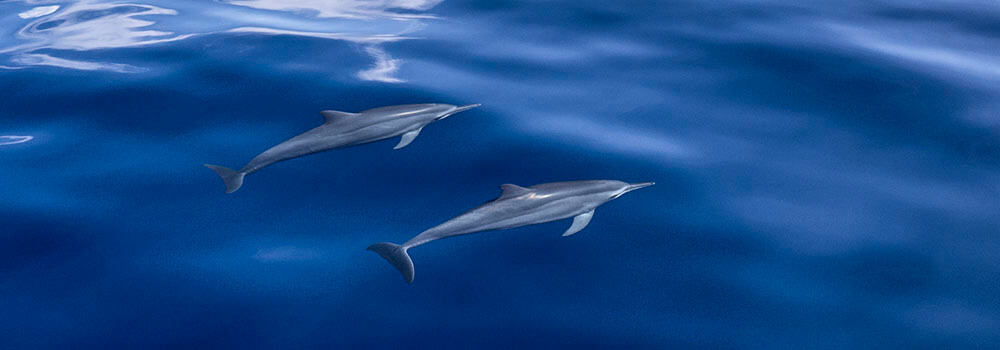
Dolphins in the Solomon Islands

Kissing the Enemy
